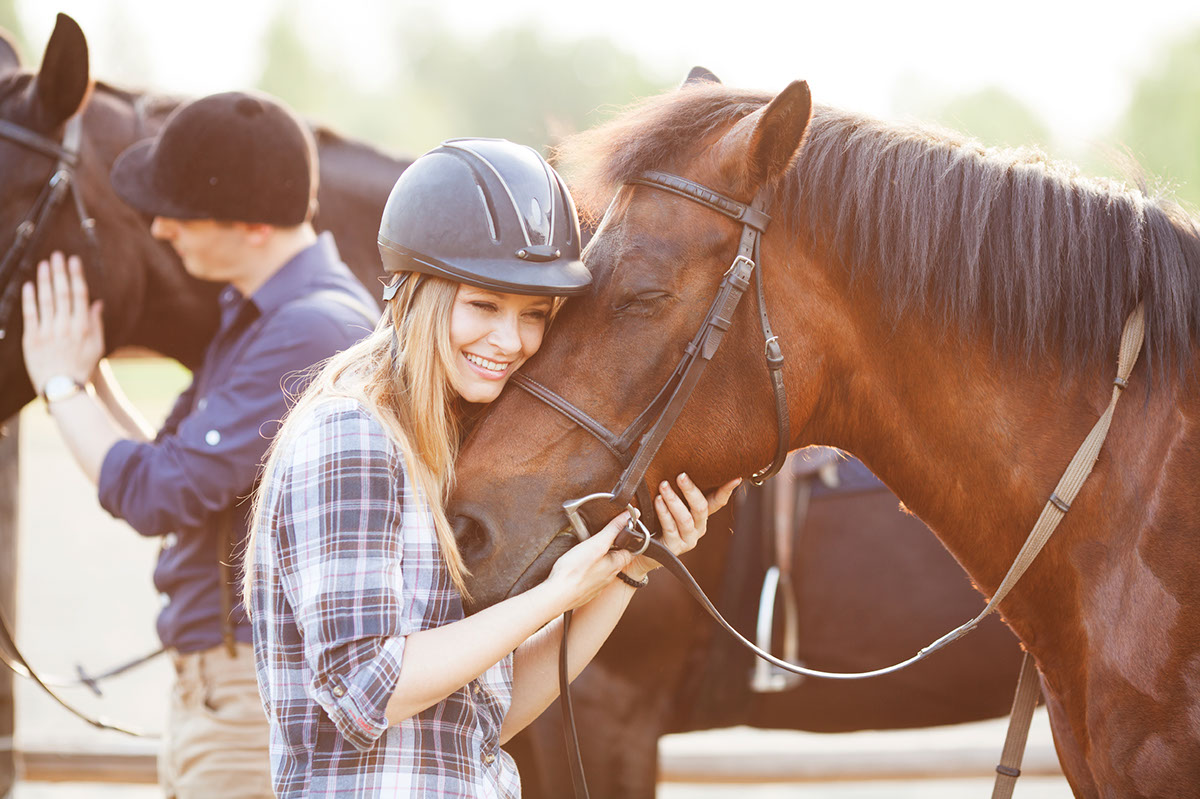When we think of animals showing affection, dogs or cats usually come to mind. But what about horses? Do they have a way of expressing love and bonding with humans or other animals? The answer is a resounding yes. Horses, with their majestic beauty and awe-inspiring presence, have a fascinating emotional life and unique ways of showing affection. This article aims to unveil these various modes of equine emotion and affection, helping horse owners, riders, and enthusiasts better understand their noble companions.
Understanding Equine Emotions
Before diving into the specific ways horses show affection, it’s crucial to understand that horses are highly emotional beings. Their large brains are well-equipped to handle a wide range of emotions, from love and bonding to stress and fear. While they might not express feelings in the same way humans or even other pets do, they have their methods, which are just as meaningful.
1. Nuzzling and Nibbling
One of the most common ways horses show affection is by nuzzling or nibbling their human handlers or fellow horses. This is often directed towards the neck, back, or even the arms and hands. While this can sometimes be a way to seek food, more often, it’s a social gesture. The sensation is similar to the mutual grooming that horses engage in with one another and serves to strengthen social bonds.
2. Following You Around
If your horse follows you without prompting, it’s a strong sign of affection and trust. Horses are herd animals, and by following you, they show that they consider you part of their herd, a high form of praise in the equine world.
3. Relaxed Body Language
A horse that feels comfortable enough to drop its guard around you is showing a form of affection. Look for signs like a relaxed tail, ears pointed forward, and a lowered head. These are indicators that your horse is at ease and comfortable in your presence, a sign of trust and bonding.
4. Sharing Breath
One magical yet lesser-known way that horses show affection is by sharing breath. A horse may come up to you and sniff or blow softly into your face. This intimate act allows the horse to take in your scent and is considered a sign of great trust and affection.
5. Vocalizations
Horses use various sounds to communicate, and a soft nicker is often a sign of affection or a call for attention. This low, rumbling sound is generally made when you approach and signals that the horse is pleased to see you.
6. Licking and Chewing
Licking and chewing are also ways horses show relaxation and affection. When a horse licks its lips and chews, it often means it’s processing a learning experience or feeling at ease. This is commonly seen after a successful training session, signaling both satisfaction and affection.
7. Eye Contact
In the wild, direct eye contact is considered threatening. However, a domesticated horse that maintains soft eye contact with you is showing a level of trust and a willingness to connect emotionally. This is often accompanied by other signs of relaxation, like a lowered head or relaxed ears.
8. Leaning into Touch
When a horse leans into your touch or grooming, it’s a definite sign of trust and affection. The horse is saying it enjoys the physical connection, similar to how a cat might push into a petting hand.
The Science Behind Equine Affection
Understanding horse affection also involves some science. The hormone oxytocin, often dubbed the “love hormone,” is present in horses as well as humans. Studies have shown that oxytocin levels rise when horses engage in mutual grooming, signaling the biochemical basis of equine affection.
Practical Tips for Horse Owners
- Respect Boundaries: Horses have different comfort zones. Always respect their personal space and boundaries.
- Positive Reinforcement: Use treats, pats, or verbal praise to reinforce affectionate behaviors.
- Be Consistent: Consistency in your actions and routines helps build trust, an essential foundation for affection.
Conclusion
Horses have their unique ways of showing affection, from nuzzling and nibbling to more subtle signs like relaxed body language and shared breath. Understanding these forms of equine emotion enables us to connect with these magnificent creatures on a deeper level, enriching both their lives and ours.
So, whether you’re a horse owner, rider, or just an equine enthusiast, paying attention to these cues will not only enhance your understanding of horses but also allow you to experience the profound joy and satisfaction that comes from a genuine bond with these extraordinary animals.
